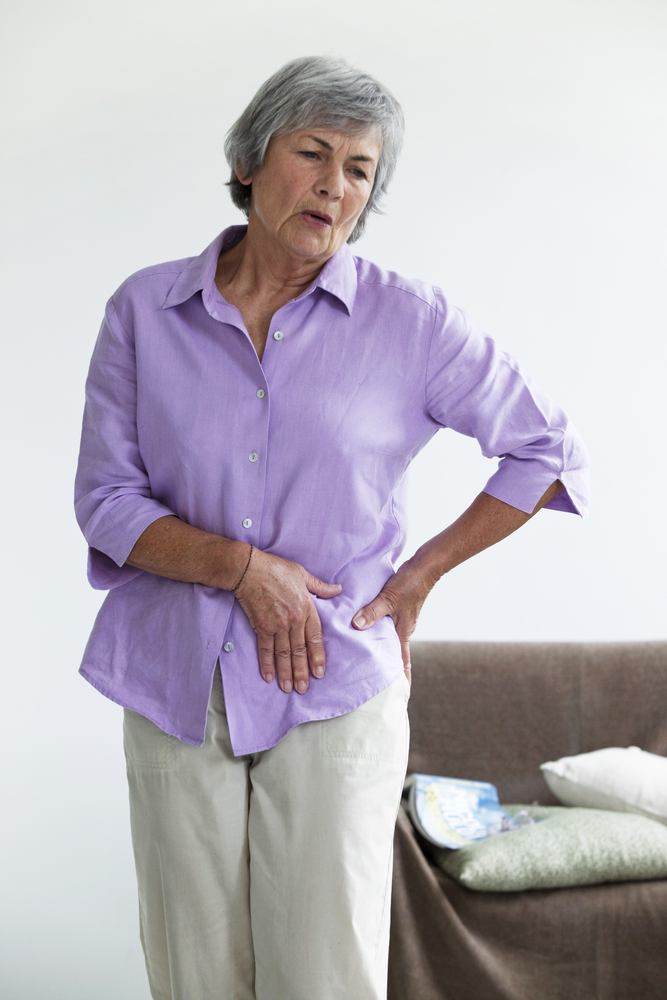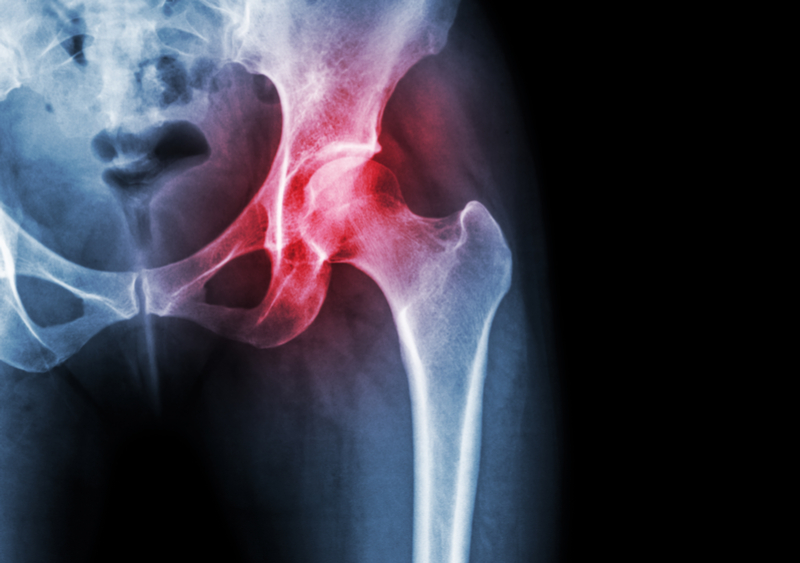Physiotherapy for Hip Pain
The hip is a common site of injury in people of all ages. However, people of different age groups usually experience quite different hip problems. Physiotherapy is an effective way to manage the majority of hip pain. Read below to find the answers to a number of commons questions relating to hip pain and how we manage these conditions at Glebe Physio.

Hip pain in Older Patients
In older patients, the most common problems in and around the hip are osteoarthritis and a cluster of pathologies known as “lateral hip pain”. The latter encompasses both trochanteric bursitis and gluteal tendinopathy. All of these hip issues can lead to pain when walking, particularly longer distances, pain while in bed at night and pain with other functional activities such as stairs or getting in and out of a chair or car. The pain can be located at the side of the hip, back of the hip or even in the groin. Physiotherapy management of these conditions usually involves small changes to activity and behaviour, manual therapy (such as joint mobilisation and massage) and a carefully individualised exercise program.
Hip Pain in Younger Patients
For younger patients and those engaged in sport, the main issues include labral tears and synovitis, which are commonly caused by a condition known as femoro-acetabular impingement syndrome. Labral tears involve damage to the cartilage in the hip joint which can either happen suddenly or over a long period of time, and synovitis is an inflammation of the tissue within the joint due to irritation. Both of these conditions are usually characterised by pain deep within the hip or groin and can often be associated with clicking when moving the hip.


What is Femoro-Acetabular Impingement Syndrome (FAI or FAIS)?
FAI occurs when the femur and/or acetabulum (the two bones that make up the hip joint) have a slightly different shape from ‘normal’ and cause rubbing and irritation in the joint when it moves in certain ways. This can lead to pain in the front of the hip and groin, as well as significant discomfort when the hip is put into certain positions. It is diagnosed by looking at how the hip moves, the location of pain and whether there are findings on x-ray. Management involves education about which positions or activities will aggravate the hip, improving control and strength in some of the muscles surrounding the joint and mobilising (a form of manual therapy) the joint to reduce pain and help with movement.
People can also occasionally experience hip pain due to an injury in their back. This is known as referred pain and happens as a result of nerve signals getting confused on their path up to the brain. A good physiotherapist will be able to diagnose the source of your pain and highlight any contributing factors, including abnormalities in the lower back, feet or knees.
At Glebe Physio, our practitioners are highly knowledgeable in the area of hip injury and have a lot of experience treating both older and younger patients with hip conditions. If you have any questions, head over to the Contact Us page or book in now so we can begin to help you on the road to recovery!
Get Active!
For more, visit our Frequently Asked Questions page.
If you would like to ask a question about our services or anything else, visit our Contact Us page to get in touch.
If you are ready to make an appointment, visit our make a booking page and let us help you with your fitness or recovery.

